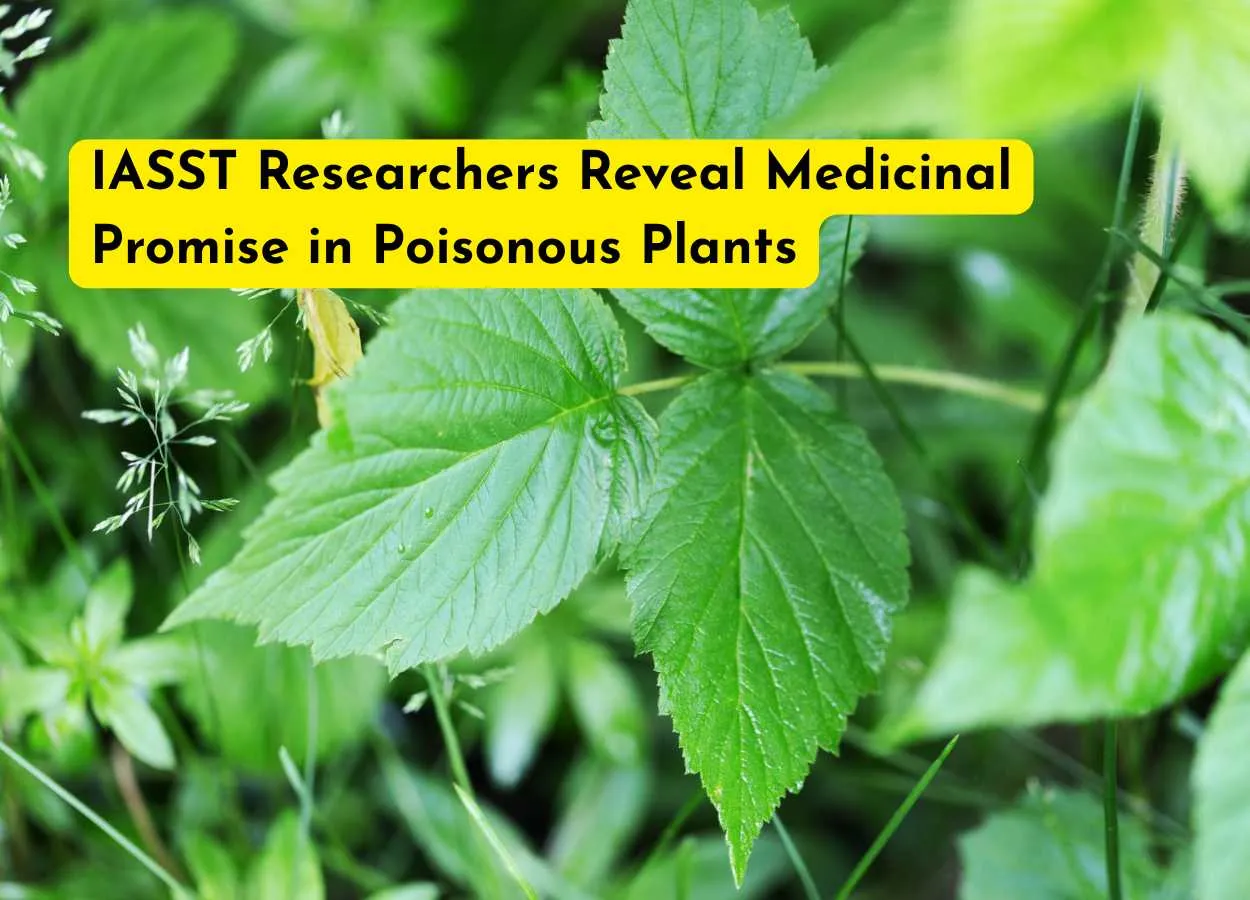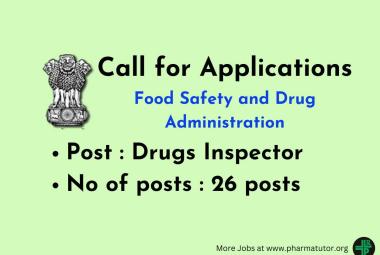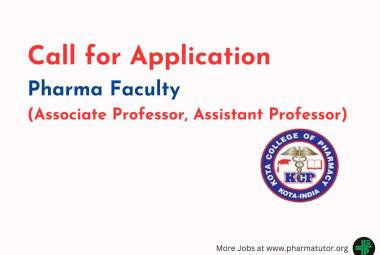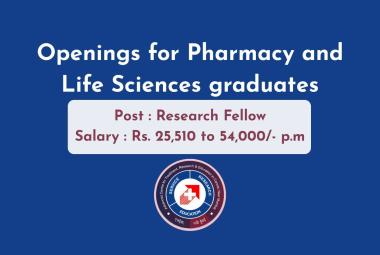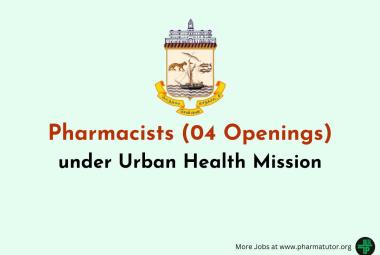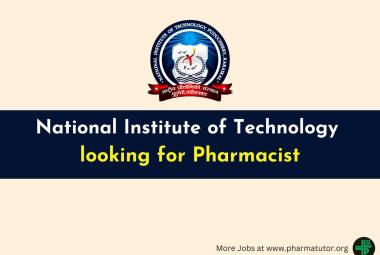Deep within Assam’s vibrant ecosystem, scientists at the Institute of Advanced Study in Science & Technology (IASST), Guwahati, have uncovered a remarkable paradox: some of nature’s most toxic flora may hold potent therapeutic potential. This revelation, emerging from extensive research into poisonous plant species, could herald a paradigm shift in natural product–based medicine.
Led by Prof. Ashis K. Mukherjee, Director of IASST, and Senior Research Fellow Bhagya Lakhmi Rajbongshi, the research team has delved into traditional usage and recent literature, isolating around 70 plant species historically regarded as toxic. Despite their dubious reputation, these species have been integral to traditional healthcare systems—offering remedies for fever, skin ailments, edema, and respiratory infections—by virtue of their rich phytochemical profiles.
The paradox lies in the duality: while these plants contain toxins, they also harbor powerful bioactive compounds. When accurately identified, extracted, and modified, such compounds may lead to novel therapeutics. “Every toxin is a potential medicine,” remarks Prof. Mukherjee. His team has been systematically screening plant parts, roots, leaves, saps, to detect pharmaceutically useful molecules.
In addition to laboratory efforts, the researchers developed what they term a “toxicity standard,” establishing benchmarks for safe and effective dosage thresholds. This nuanced framework is critical: it enables the transformation of harmful agents into beneficial drugs, mirroring centuries-old natural practices embedded in systems like Ayurveda and homeopathy .
This IASST initiative is part of a broader DST-sponsored push into biotechnology and biodiversity in northeast India. By uncovering the “hidden healers” among poisonous plants, the study underscores the value of reexamining traditional knowledge through modern scientific lenses. The outcome? A promising pipeline of plant-derived therapies that blend indigenous wisdom, pharmacotechnology, and rigorous safety protocols.
What’s next?
• Isolation & Characterization: Researchers are chemically profiling promising compounds to determine structures and functions.
• Preclinical Trials : Leading candidates are entering laboratory testing to evaluate safety and therapeutic efficacy.
• Collaborations: IASST plans to partner with national institutes and pharmaceutical firms to fast-track promising leads into drug development pipelines.
Why it matters
• Unlocking Biodiversity: India’s northeast is a treasure trove of plant diversity, this research spotlights its potential for innovative drug discovery.
• Bridging Traditions and Tech: By scientifically validating folk medicine, the initiative bridges the gap between traditional healing and modern pharmacology.
• Toxicity Standard: Establishing quantitative safety frameworks is vital for transitioning from potion lore to prescription rigor.
Prof. Mukherjee emphasizes that harnessing toxins for healing requires precision. “We’re turning villains into heroes,” he says, “by decoding how nature’s chemical arsenals can be used for good.”
As this research advances through chemical assays and preclinical studies, the implications extend beyond a single lab. They echo a growing global appetite for biodiverse sources of safe, effective, and culturally rooted medicines.


